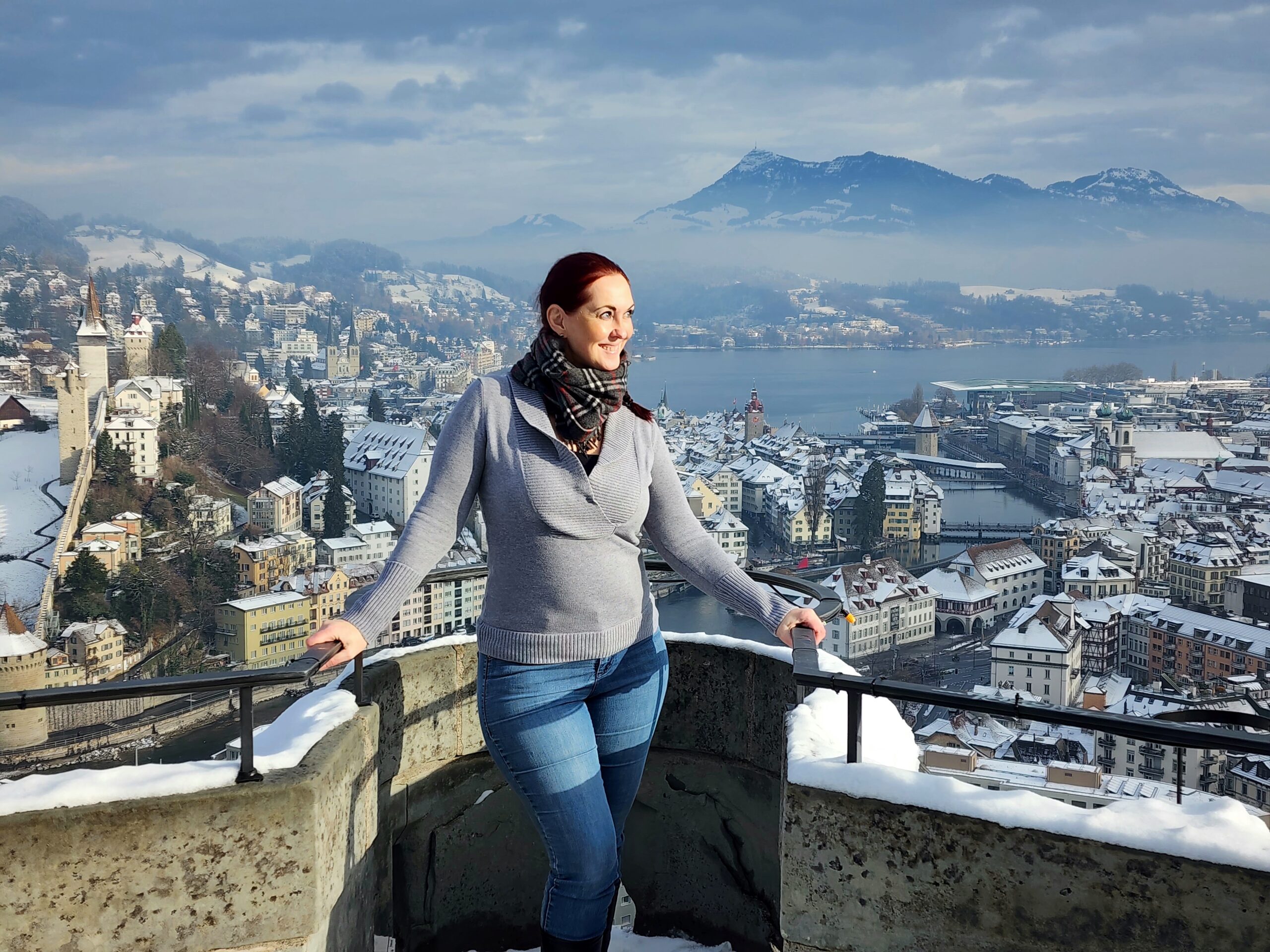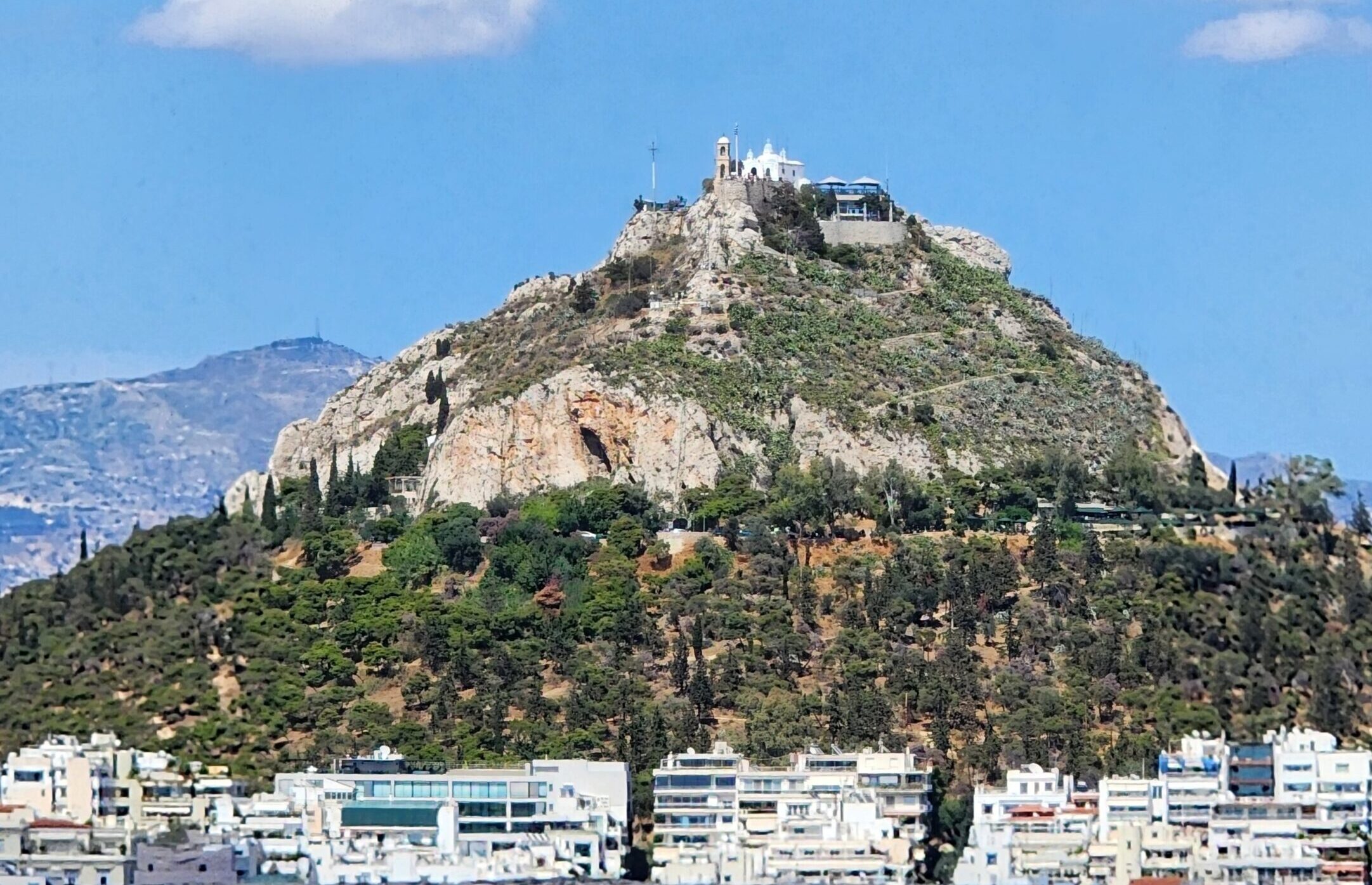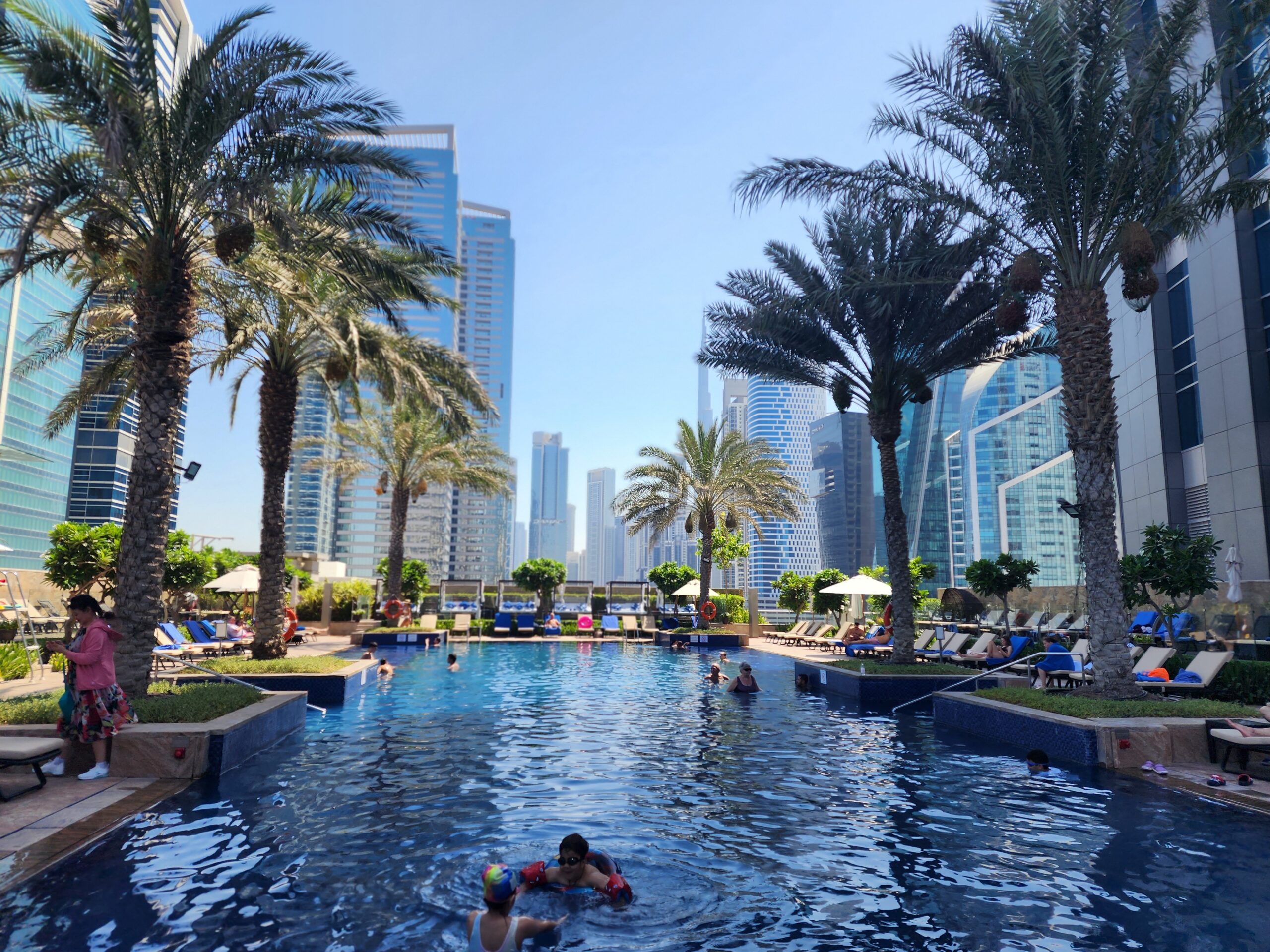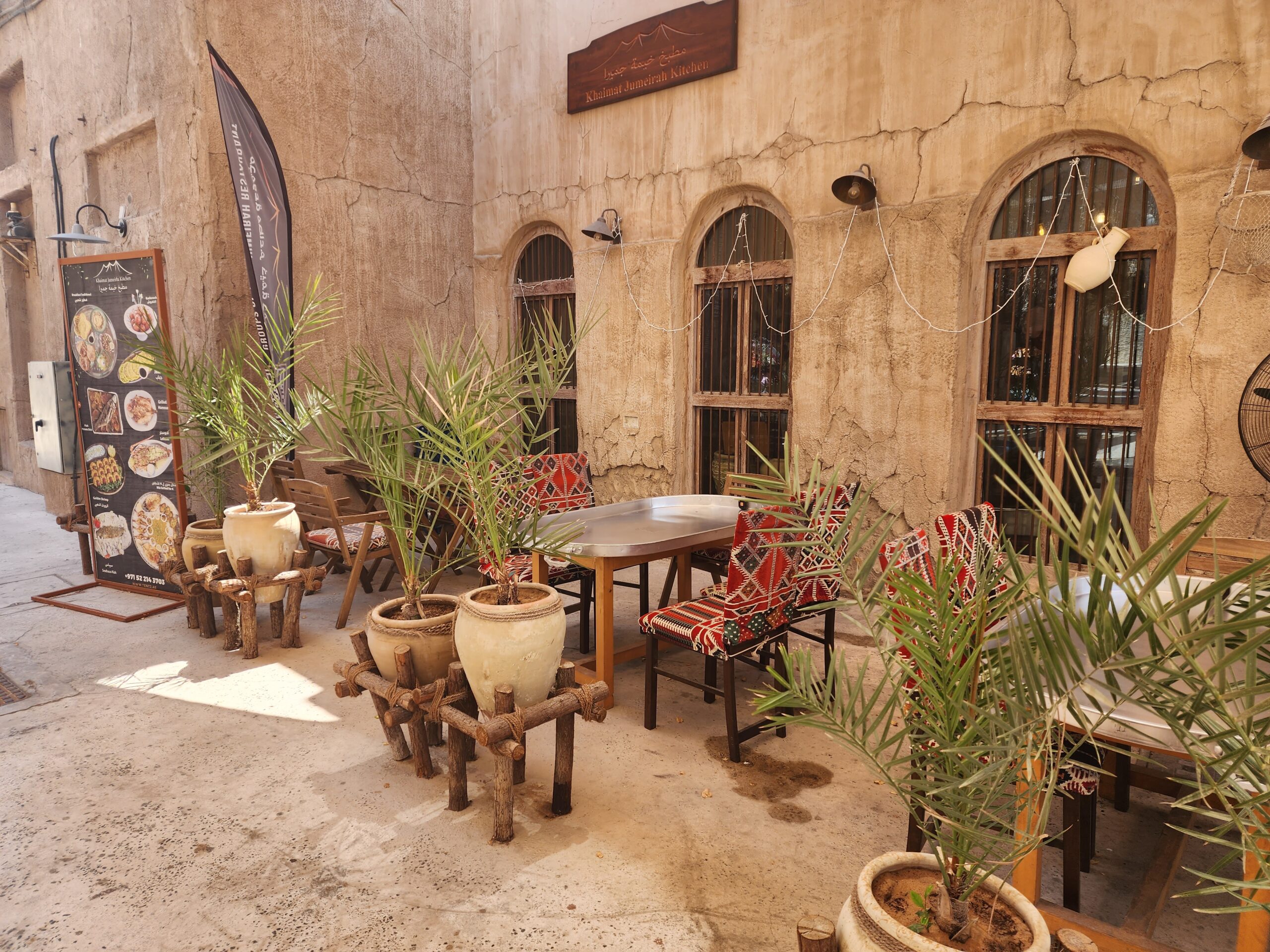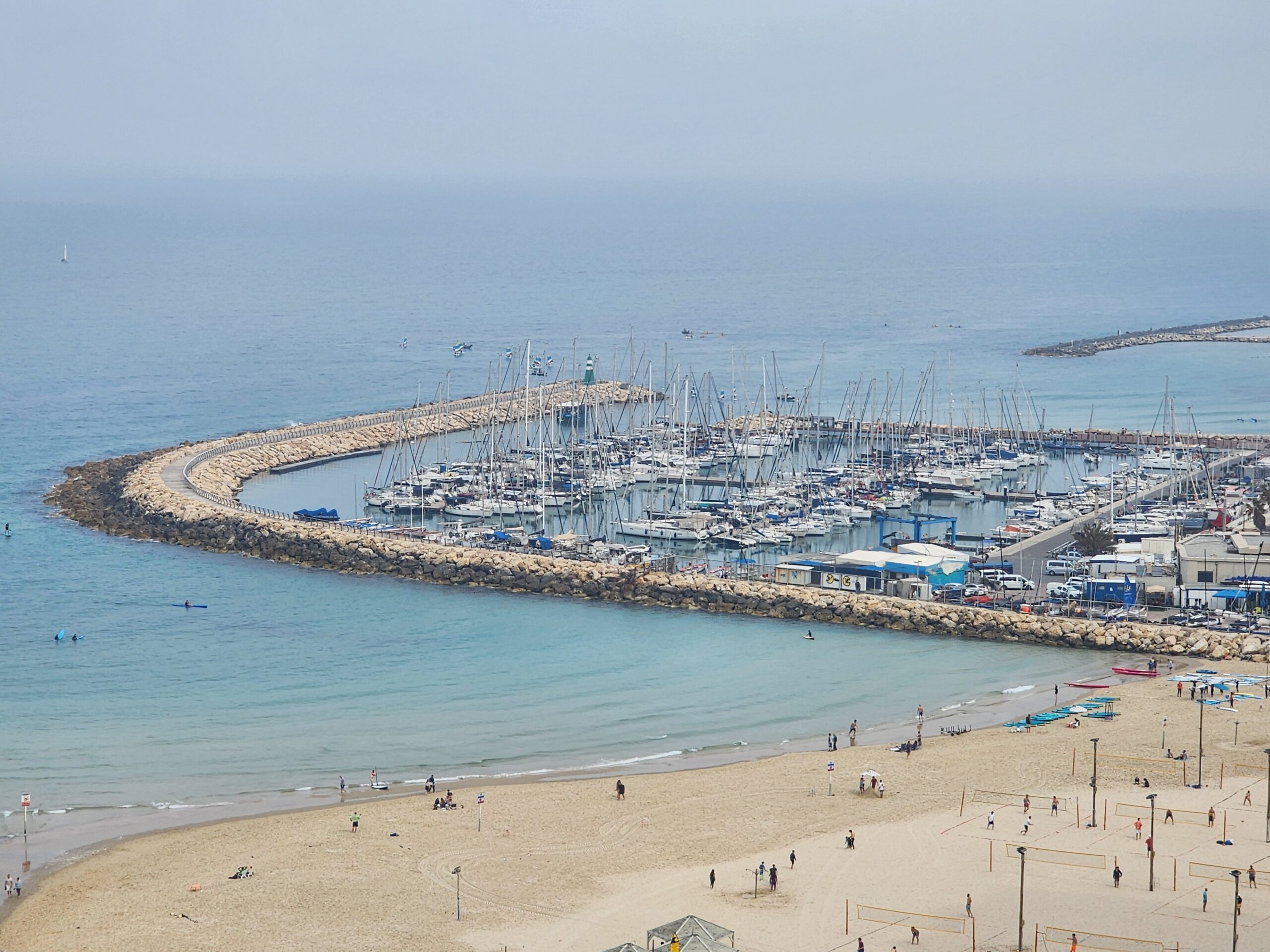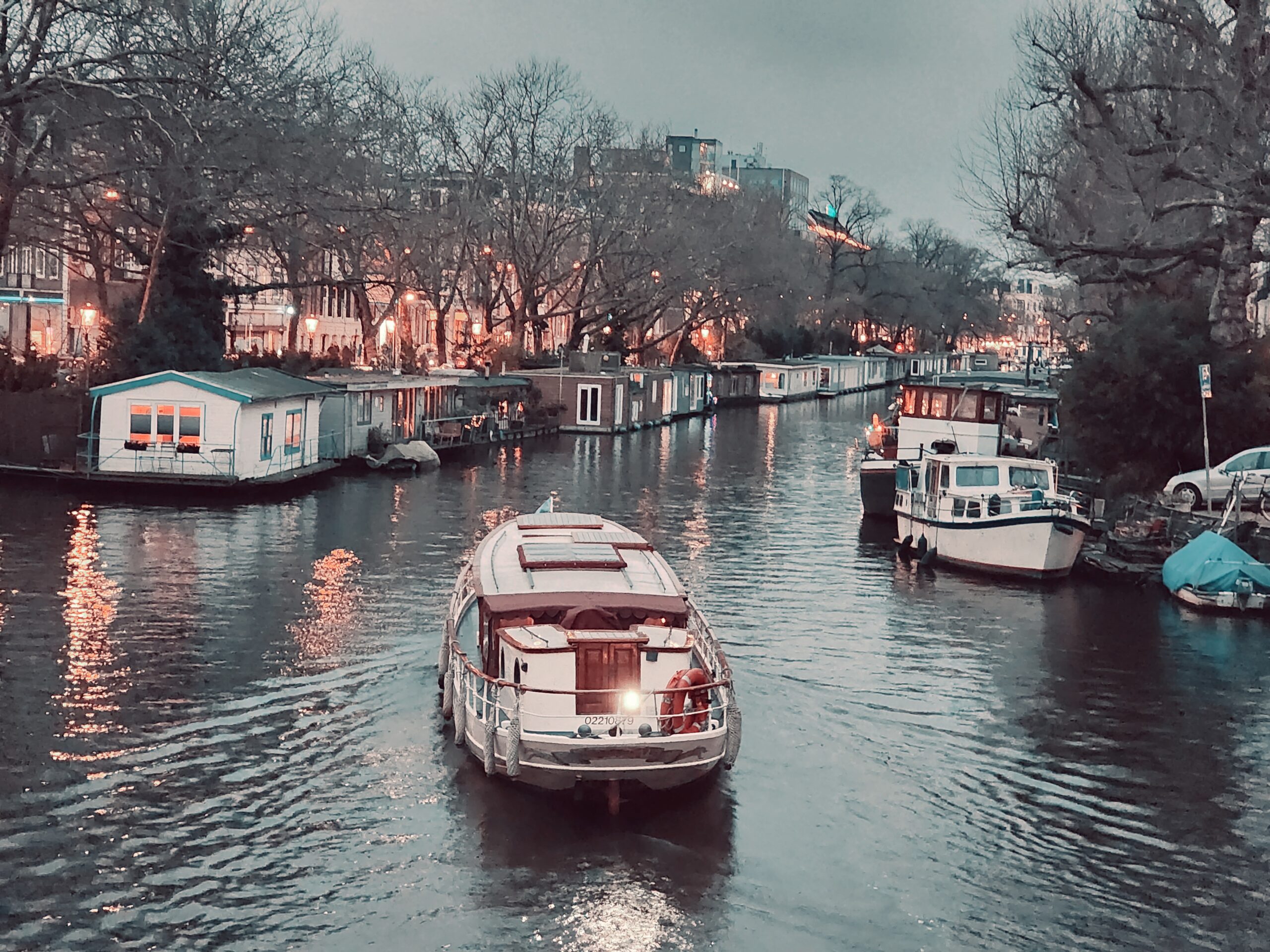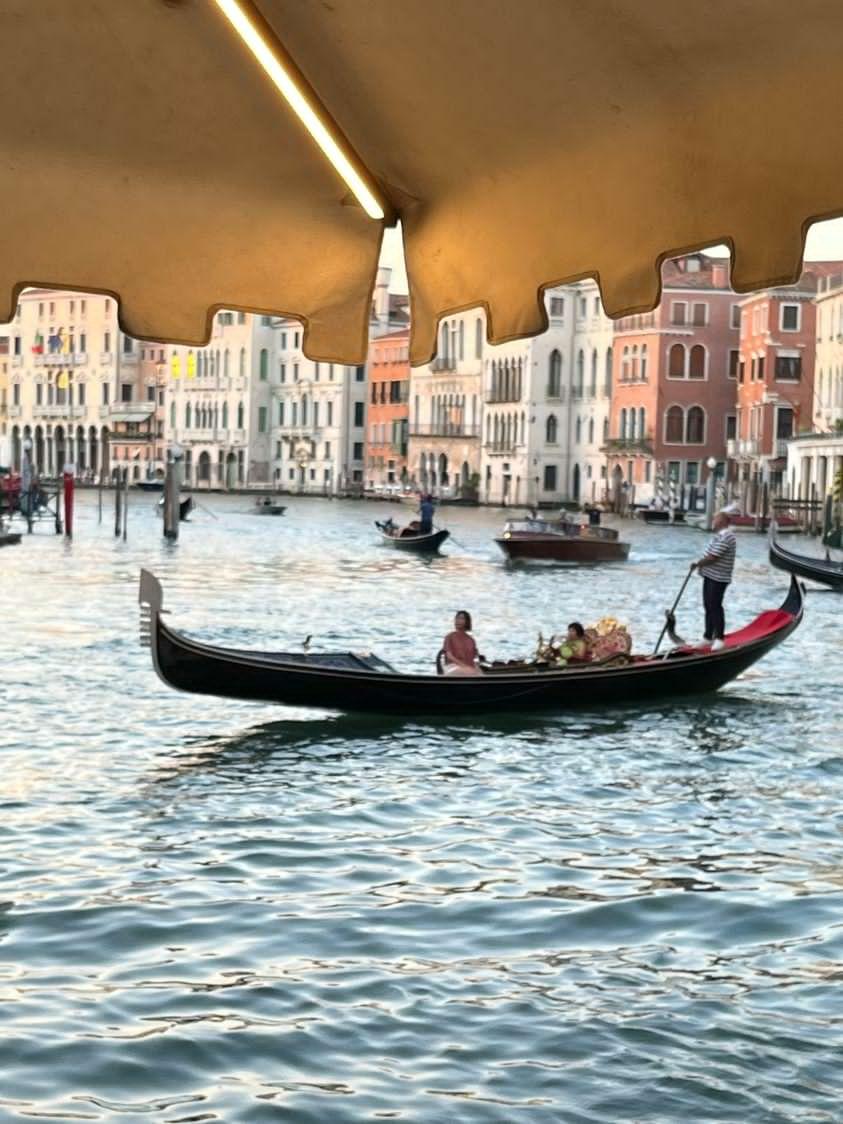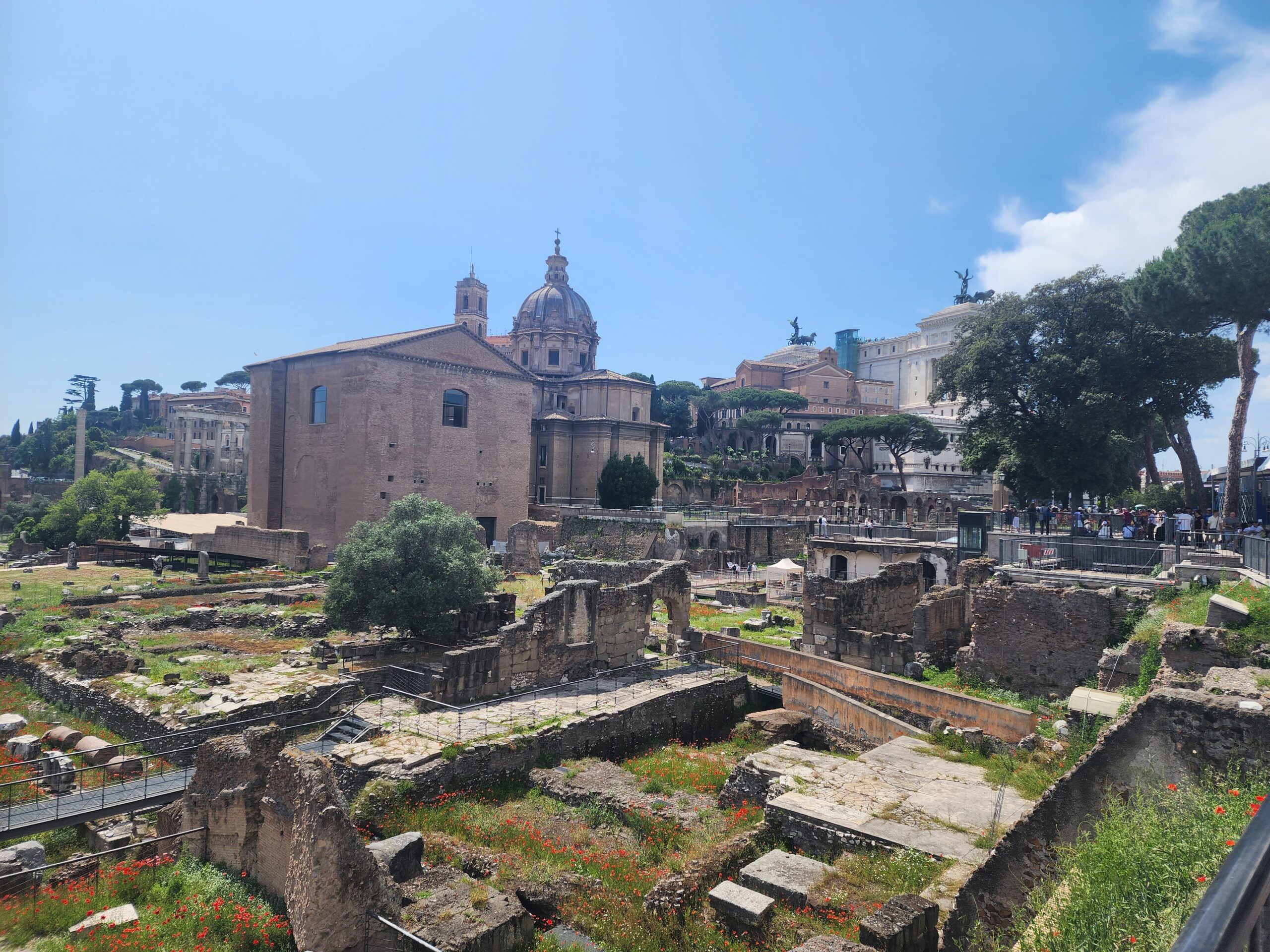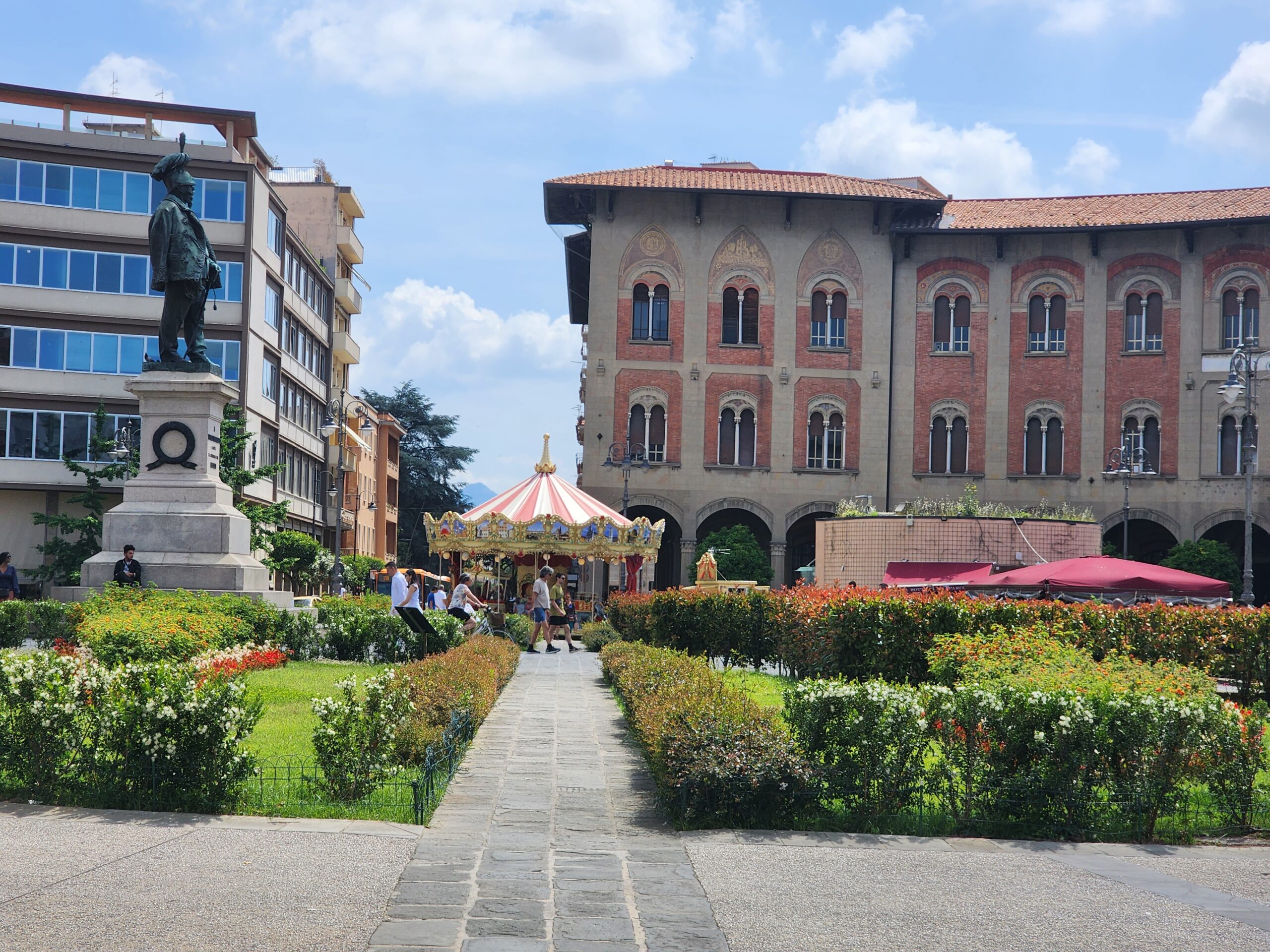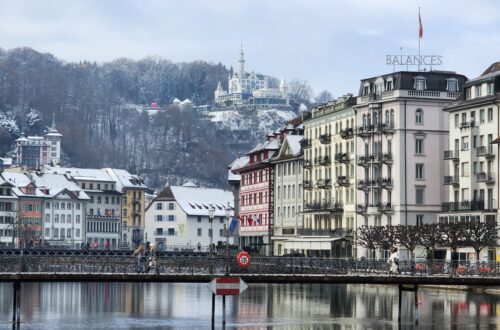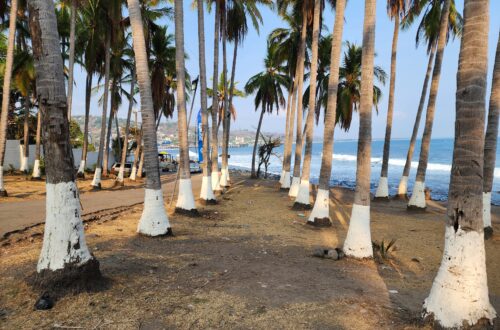Dublin, the capital of Ireland, is a city that effortlessly blends rich history with a vibrant modern atmosphere. From its medieval streets to its trendy cafes and pubs, Dublin offers visitors a unique mix of old-world charm and contemporary energy. Known for its literary heritage, lively nightlife, and welcoming locals, Dublin is a city that captivates at every turn. Whether you’re exploring historic landmarks, enjoying world-class food, or sipping a pint of Guinness, there’s always something to discover in Ireland’s bustling capital.
Key Highlights of Dublin:
Trinity College and the Book of Kells: Trinity College Dublin, Ireland’s oldest university, is home to the Book of Kells, one of the country’s most famous treasures. This illuminated manuscript, created by monks around the 9th century, is housed in the Trinity College Library, an iconic, centuries-old building. Visitors can explore the library’s stunning Long Room, lined with ancient books, and view the Book of Kells up close. The university itself is a beautiful blend of Georgian architecture and green spaces.
Dublin Castle: Situated in the heart of the city, Dublin Castle has played a central role in Irish history since the 13th century. The castle was once the seat of British rule in Ireland but now serves as a government complex and a venue for major events. Visitors can explore the state apartments, the medieval undercroft, and the beautiful gardens. The castle is also a perfect starting point for a stroll through Dublin’s historic center.
St. Patrick’s Cathedral: St. Patrick’s Cathedral, one of Dublin’s most iconic landmarks, is the largest cathedral in Ireland. It was founded in 1191 and is dedicated to Ireland’s patron saint, St. Patrick. The cathedral boasts stunning Gothic architecture, a beautiful interior, and a peaceful garden. It’s a must-visit for anyone interested in Dublin’s religious history, as well as its literary ties—Jonathan Swift, author of Gulliver’s Travels, was once its dean.
Guinness Storehouse: No visit to Dublin is complete without a trip to the Guinness Storehouse, a multi-story museum dedicated to Ireland’s most famous beer. The Guinness story begins in the 18th century, and the Storehouse provides an interactive experience that walks you through the brewing process, the brand’s history, and the cultural impact of the beloved stout. At the end of the tour, head to the Gravity Bar, where you can enjoy a pint of Guinness while taking in a 360-degree view of the city.
Temple Bar: Known for its vibrant nightlife, Temple Bar is one of Dublin’s most famous neighborhoods. This area is filled with cobbled streets, traditional pubs, restaurants, galleries, and cultural spaces. Whether you’re in the mood for live music, a pint of Irish whiskey, or a delicious meal, Temple Bar offers an unforgettable experience. It’s the perfect spot to soak in the lively spirit of the city.
Dublin’s Literary Scene: Dublin has long been a UNESCO City of Literature, home to famous writers like James Joyce, Samuel Beckett, W.B. Yeats, and Oscar Wilde. Fans of literature can visit The James Joyce Centre, dedicated to the life and works of this literary giant, or explore the Dublin Writers Museum, which celebrates the city’s rich literary tradition. Dublin also offers numerous walking tours that highlight the spots where these great authors lived and worked.
Phoenix Park: Phoenix Park, one of the largest urban parks in Europe, offers a tranquil escape from the city hustle. The park is home to wide open spaces, scenic paths, and the Dublin Zoo, one of the oldest zoos in the world. It’s also where you’ll find the Papal Cross, commemorating the visit of Pope John Paul II in 1979, and Áras an Uachtaráin, the residence of the Irish president.
Kilmainham Gaol: Kilmainham Gaol is a former prison turned museum that offers a moving insight into Ireland’s struggle for independence. Many Irish leaders and revolutionaries, including Eamon de Valera and Charles Stewart Parnell, were imprisoned here. The guided tours provide a fascinating look at the history of Irish politics and the fight for freedom, making it an essential stop for history buffs.
The National Gallery of Ireland: For art lovers, the National Gallery of Ireland is a must-see. This world-class museum is home to an impressive collection of European art, including works by Caravaggio, Vermeer, Monet, and Goya. The museum’s collection spans centuries, and admission is free, making it a great way to spend an afternoon.
Grafton Street and Shopping: For those looking to indulge in some retail therapy, Grafton Street is Dublin’s premier shopping destination. Lined with high-end boutiques, department stores, and street performers, Grafton Street is both a bustling shopping area and a vibrant cultural hub. Nearby, St. Stephen’s Green offers a scenic park where you can relax after a shopping spree.
How to Get There:
Dublin is well connected both domestically and internationally. Dublin Airport (DUB) serves as the city’s primary airport, with direct flights to and from many destinations in Europe, North America, and beyond. The airport is approximately 10 kilometers (6 miles) from the city center, and you can easily reach downtown Dublin by bus, taxi, or car. Heuston Station and Connolly Station are the main train hubs, offering connections to other cities in Ireland, while Dublin Port is a major arrival point for ferries from the UK.
This post may contain affiliate links which means I may receive a commission if you click or purchase through the links. I will only recommend products I use myself. Learn more on my Disclaimer Page.
